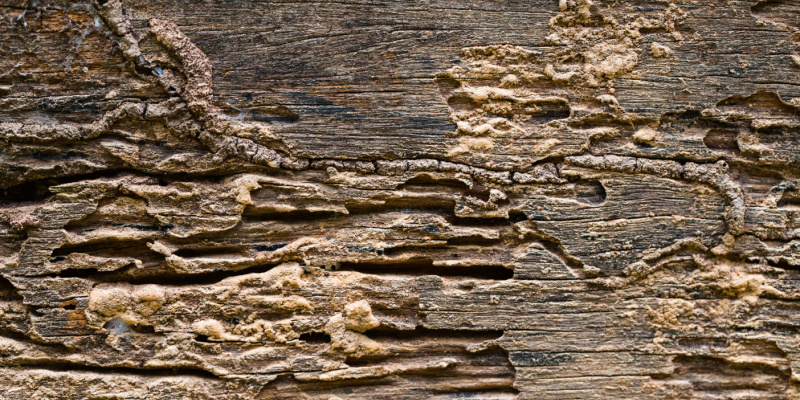Termites are bad news no matter which type of termites has infested your home. Even though Subterranean termites cause a majority of the damage in the U.S., Drywood termites can be just as devastating if they are in your home. Some warning signs of a Drywood termite infestation may be less well known to homeowners, which could give these termites more time to munch on your home before you discover the damage they have caused. If you notice any signs of termites in your home, it is important that you call a professional termite exterminator as soon as possible. Eradicating termites can be difficult and a professional will know how and where to best treat them so that the problem is eliminated before more damage is done.
Signs of Drywood termites
Because Drywood termites live inside the wooden walls and eat the wood, you will not see them walking around your home. But knowing what to look for will help you keep a sharp eye out for signs of Drywood termites.
- Frass: Termite droppings that have six sides and resemble sawdust can be found under light fixtures, next to walls, or in the basement.
- Shed wings: Drywood termites do not tunnel their way into your home. They send out their swarmer termites to fly up to your house and find a way inside.
- Eating habits: Unlike other termites who eat the cellulose, or soft part of the wood, Drywood termites can eat across the grain, producing large, smooth feeding galleries inside the walls.
- Paper thin woodwork: Because Drywood termites eat all parts of the wood, they will leave a paper thin outside layer in your trim, furniture, or floor that can appear warped when it is actually just hollow.
Treatment
If you have noticed any signs of Drywood termites or are due for a termite inspection, give a highly trusted pest control company a call as soon as you can. The termite exterminator will thoroughly inspect your attic, floor, woodwork, and wooden furniture for signs of termites. If a small infestation is identified, the technician will administer a localized treatment by inserting termicide into the colony.
If the termite infestation is more widespread, the experienced technician may recommend fumigating your home. Unfortunately, this means staying out of the home for about three nights so your home can be tented and the fumigant can be pumped into every part of your house. Once the fumigation clears from the air and a professional tests the air quality in your home, you can return.
To prevent termites from coming back into your home, you can have the wood in your attic and crawl spaces treated for termites to prevent them from infesting your home in the future.
If you discover signs of Drywood termites, give Bug Baron Exterminator a call today. We will get rid of every last termite so you can relax knowing your home won’t end up as insect food.
